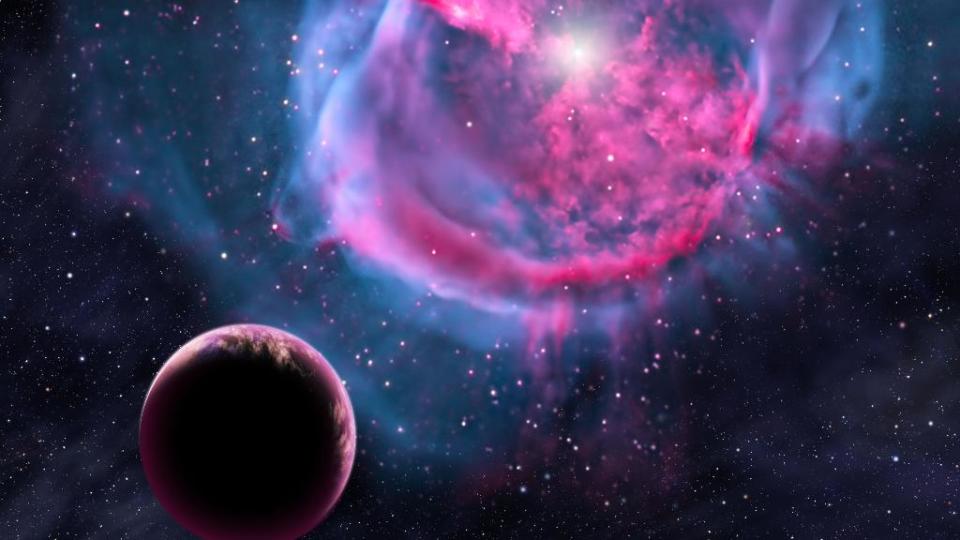 Rob Waugh
Rob WaughNASA planet-hunter predicts we will find 'Earth 2' within 15 years
One of NASA’s top planet-hunters has predicted that we will find a ‘twin’ of Earth within 10 to 15 years using a powerful new successor to the Hubble telescope
One of NASA’s top planet-hunters has predicted that we will find a ‘twin’ of Earth within 10 to 15 years - using a powerful new telescope built as a successor to Hubble.
This week, telescopes found two of the most Earth-like worlds yet discovered - with a high probability of liquid water on the surface, and that the planets are rocky, like Earth.
But Dr John Mather of the Nasa Goddard Space Flight Center in Maryland believes that the upcoming James Webb Space Telescope will enable astronomers to find a planet almost exactly like Earth.

This week, the space agency imagined what travel to extrasolar planets would be like, with three posters created by NASA visual strategists, Joby Harris, David Delgado and Dan Goods, imagining classic Art Deco-style travel posters for planets detected using the Kepler Space Telescope.
‘I think that will be in around ten to 15 years from now,’ Mather says, speaking to All About Space magazine, ‘In that time we might be able to say: “I can see that star over there. Its planet has a climate that’s like Earth and it might have life on it.’
While observing distant worlds is all well and good, actually visiting one at some point in the future poses somewhat of a challenge.
And it’s something that Dr Mather thinks might be too much for us even with the help of artificial intelligence.
To have any hope, one thing that will be important will be ‘defeating Einstein’ - namely, finding a way to overcome the limitations of light speed and space-time - or enlisting the help of robots.
According to Einstein's theory of special relativity, nothing can travel faster than light - making interstellar travel all but impossible for humans.
‘We’re very fragile,’ said Dr Mather.
‘We’re not going to be able to travel in person very far without a lot of help.
‘I think robots are coming along very quickly. I believe robotic intelligence will come and we’ll have to decide whether we like them or not.
‘If they’re smart enough, then they can tell us what to do and where to go just as they did in the movie 2001: A Space Odyssey.
‘However, I think it’s also possible that we’re going to defeat Einstein and that it will still be too far for us to go to another solar system.
‘It’s not impossible but it’s pretty hard. That’s what I think.’
The James Webb space telescope is described as a ‘successor’ to Hubble.
The 21-foot infrared-optimised telescope will be able to see across billions of light-years - capturing images of distant galaxies just after they formed.
It is scheduled to launch in 2018.
The instrument has cost $8.8 billion - £5.9 billion - to develop, according to Space.com.
[ Paper books bounce back as ebook readers slump ]
Webb's lens is so large it will have to unfold in space after launch. Built mainly for infrared imaging, it will see through clouds of dust that Hubble cannot.
[ Hi-tech scan may have found Genghis Khan's lost tomb ]
Hubble, which launched in 1990, still generates 360 gigabytes of image data every month - but is no longer being serviced after a final repair mission in 2009.
[ CES 2015: best gadgets from the world's biggest tech show ]
When it stops functioning, a rocket will attach a propulsion system to Hubble so it can safely 'de orbit' - the telescope is too big to fully burn up on re-entry.

 Yahoo News
Yahoo News 
